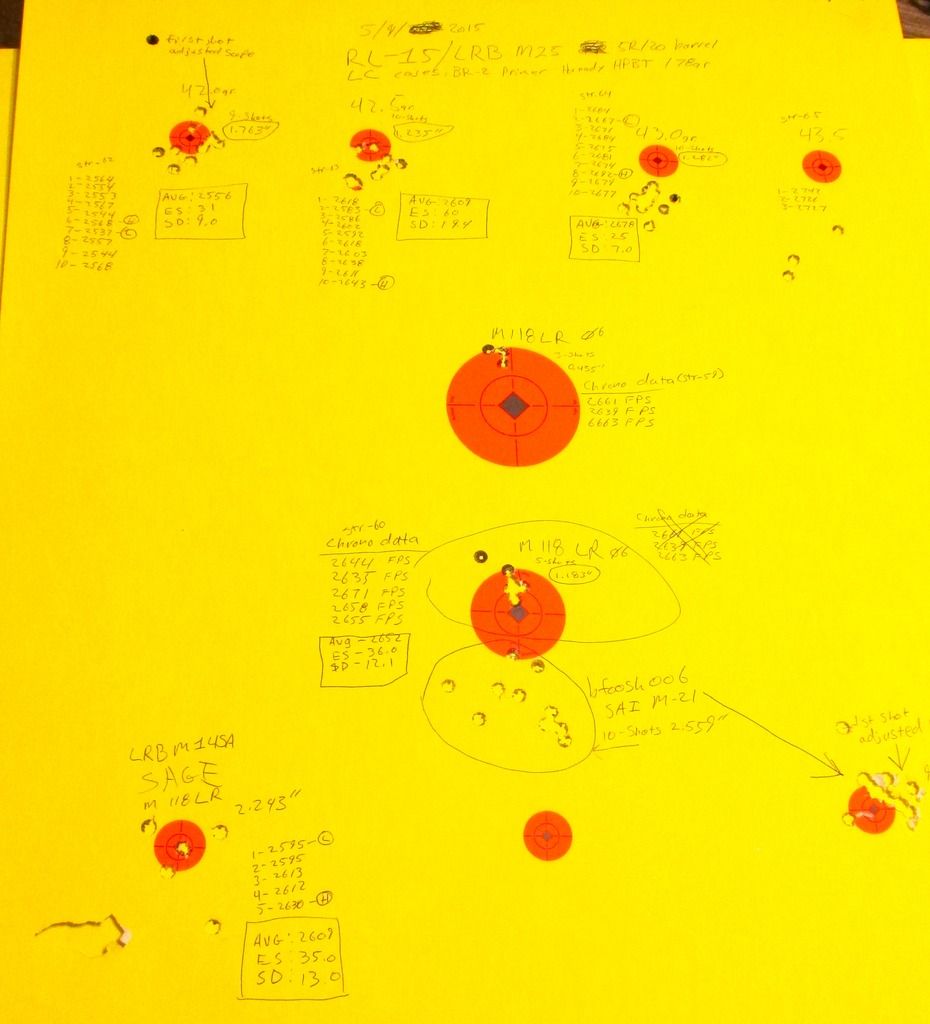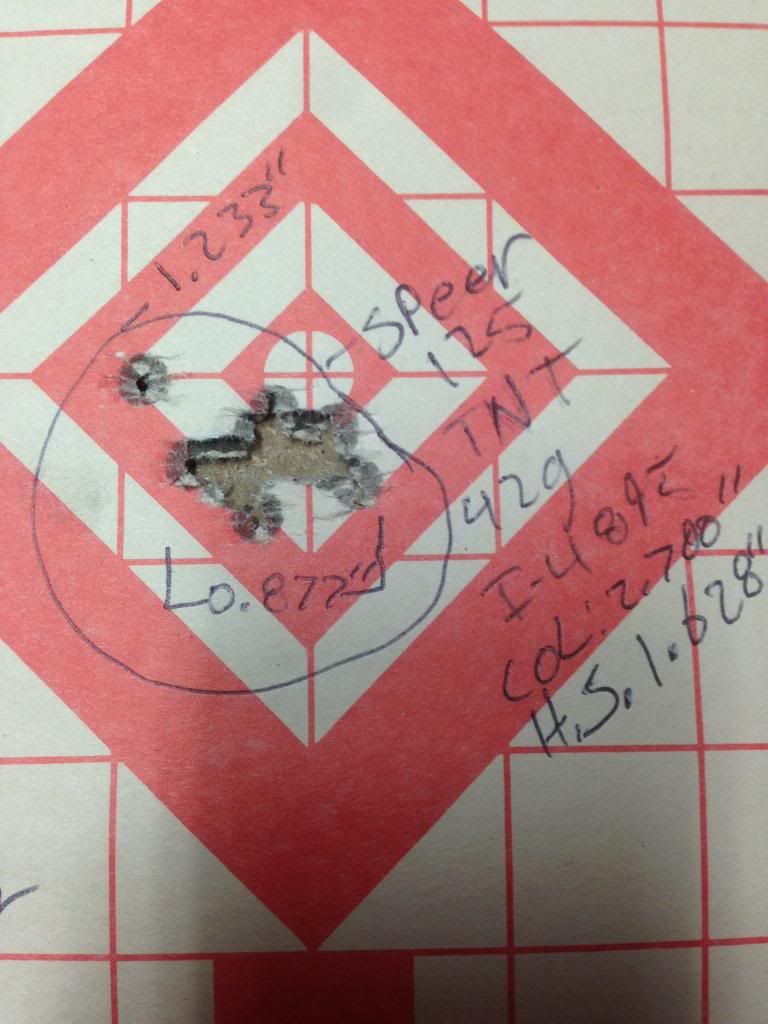ALL different types of ammo will generate a different point of impact and the impact isn't just vertical. It can be horizontal as well. Your 1:10" twist barrel will handle 180 grain bullets just fine, but there may be a mental aspect to shooting this as well. If you anticipate greater recoil, you'll treat the trigger different. Unless you pull the trigger a lot, the shooter is usually the limiting factor. I also shoot the gun with about 5 to 10 warm-up shots and let the barrel cool down for about 5 minutes before running accuracy tests with a load. Once I settle on a load, then I zero my sights/scope for that load First shot will usually be higher with thinner barrels, cold-bore shot and freshly cleaned.
I shoot a lot of 308 (1,000+ rounds a year) and there is a huge POI difference between a 150 grain bullet cooking along at 2850FPS and a 168 grain bullet traveling at 2600FPS.
Also, when working up a load, in my guns, I found that the faster the bullet, the lower the impact. Take this example of a 178 grain load I worked up earlier this year. Notice on the top row of groups, the POI changed as velocity changed.

There are also high velocity and low velocity accuracy nodes that barrels like to shoot in when working up a load using the same bullet. I found that I had two really accurate loads with 125gr TNT's. One used 42.0 grains of IMR-4895 and then the groups opened up as I increased in .5 grain increments until I hit 45.0 grains of IMR-4895 where I found the second accuracy node.
Low node...

High node...

Minuscule difference in group size but huge difference in velocity. Unless you hand load, you just have to settle with what you get with off the shelf ammo. I also test groups in 10-shot groups, not 3. 5-shot groups are okay, but 10-shot groups will better represent where your POI will be with a given load. The adjust your scope for the center of that 10-shot group.
Tony.







